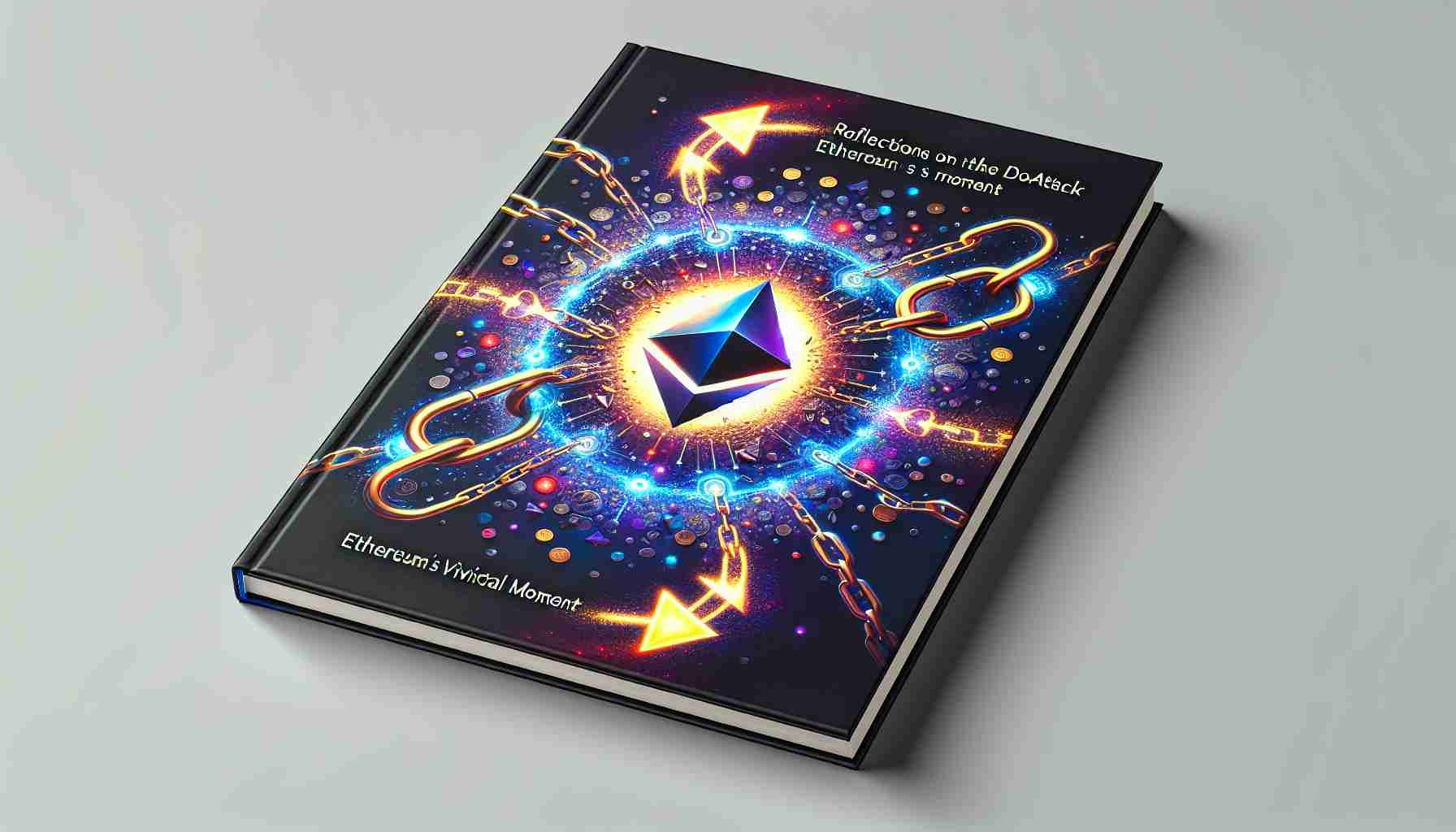Looking Back on the DAO Attack’s Legacy
Eight years ago, the Ethereum blockchain faced a significant challenge that would forever alter its trajectory. Known as the DAO attack, this event not only brought to light the vulnerabilities within decentralized systems but catalyzed a wave of regulatory scrutiny and internal governance reforms within the Ethereum community.
A decentralized autonomous organization named The DAO, developed by Slock.it, garnered massive attention as a pioneering investment vehicle that raised over $150 million in ether. This platform, which supported various crypto startups, represented a significant portion of the circulating ETH at the time. However, the dream was short-lived as a vulnerability in the code was exploited, resulting in a theft that devalued ETH and stirred skepticism throughout the industry.
In the wake of the attack, two opposing solutions emerged. The Ethereum Foundation’s figurehead, Vitalik Buterin, suggested a soft fork, which would have effectively frozen the stolen funds without altering the blockchain’s history. Conversely, others advocated for a hard fork, aiming to reverse the theft and fully restore the investors’ losses, at the risk of contradicting blockchain’s immutability ethos.
The dilemma presented by the DAO hack underscored the flexibility of blockchain’s “social layer” in extreme circumstances. In what became a test of the belief in code as law, the Ethereum community ultimately voted in favor of a hard fork. This unprecedented decision showcased the power of collective consensus over rigid technical adherence.
From a legal perspective, the hack prompted the SEC to issue “The DAO Report,” a year later, delineating the regulatory outlook on such crowd-funded ventures, and signaling the complexities of applying securities laws to the emerging crypto landscape.
The DAO attack remains a defining moment for Ethereum, shining a light on the nuanced balance between the technology’s lofty principles and pragmatic community-driven governance. It highlighted the influence and importance of consensus within blockchain ecosystems, marking a critical point in Ethereum’s history and the broader narrative of digital currencies.
Key Questions & Challenges:
1. What were the lasting effects of the DAO attack on Ethereum?
– The DAO attack led to a controversial hard fork resulting in two separate chains: Ethereum (ETH) and Ethereum Classic (ETC). It also caused a decline in trust and ETH’s market value initially, prompting discussions about the security of smart contracts and the immutability of blockchain technology.
2. How did the DAO attack change perceptions of blockchain technology?
– The attack brought to light the potential security vulnerabilities in smart contracts and raised questions regarding the application of traditional legal frameworks in the context of decentralized platforms. It showed that blockchain systems are not infallible and require rigorous testing and security measures.
3. Did the DAO attack lead to improvements in blockchain technology?
– The incident prompted developers to focus more on security and auditing practices, leading to the creation of more robust smart contract standards, like the Ethereum Request for Comment (ERC) specifications, increased use of formal verification, and the development of bug bounty programs.
Advantages and Disadvantages:
Advantages:
– The resolution of the DAO attack demonstrated the Ethereum community’s ability to reach a consensus and act decisively in a crisis.
– The hack spurred important conversations about the governance of decentralized systems and led to enhanced security practices.
– Regulatory clarity emerged as a result of the SEC’s report, providing guidance for future projects and contributing to the maturity of the crypto market.
Disadvantages:
– The decision to perform a hard fork was controversial and went against the principle of immutability, leading to a split in the community.
– The occurrence of the attack and the subsequent fork may have eroded trust in the security and stability of the Ethereum platform.
– It likely accelerated the efforts of regulators to scrutinize and regulate the cryptocurrency space, leading to a more complex legal landscape for developers and users.
Related Links:
For more information about Ethereum and its journey, you can visit:
– Ethereum Official Website
Please note that I cannot provide real-time validation of URLs; ensure that the link is correct and up to date before accessing the Ethereum official website.



